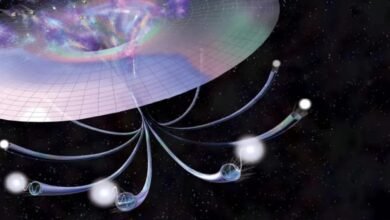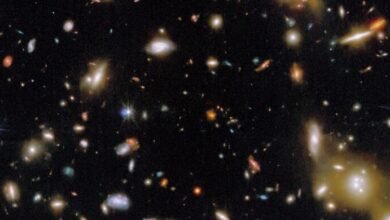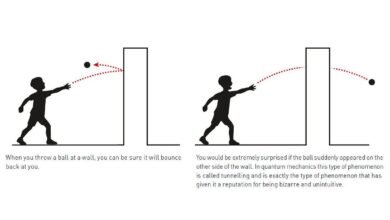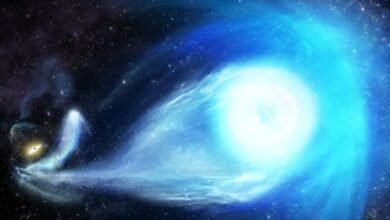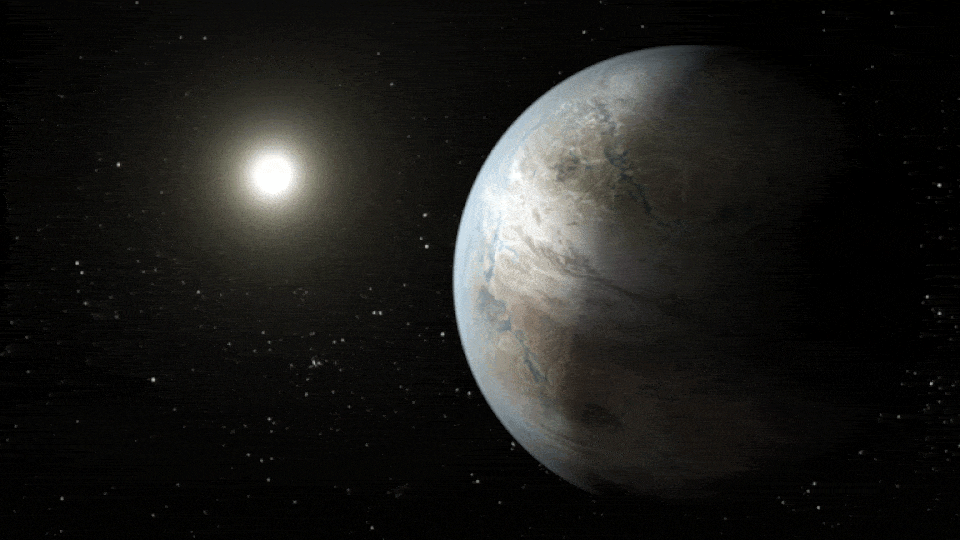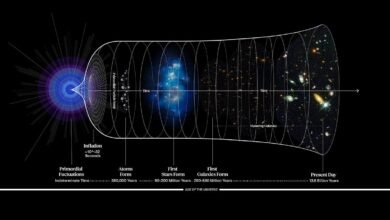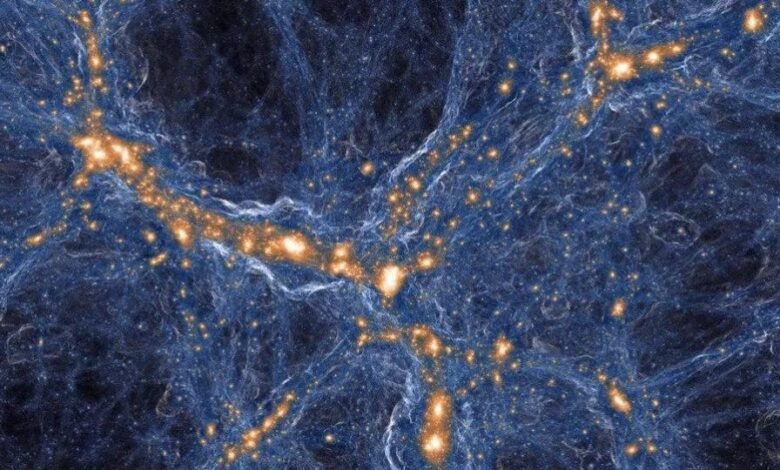
On the largest scales, galaxies don’t simply clump together, but form superclusters. Too bad they don’t remain bound together.
On the largest cosmic scales, planet Earth appears to be anything but special. Like hundreds of billions of other planets in our galaxy, we orbit our parent star; like hundreds of billions of solar systems, we revolve around the galaxy; like the majority of galaxies in the Universe, we’re bound together in either a group or cluster of galaxies. And, like most galactic groups and clusters, we’re a small part of a larger structure containing over 100,000 galaxies: a supercluster. Ours is named Laniakea: the Hawaiian word for “immense heaven.”
Superclusters have been found and charted throughout our observable Universe, where they’re more than 10 times as rich as the largest known clusters of galaxies. Some of them are enormous structures, spanning more than a billion light-years across. (But, despite claims to the contrary, not much larger.) Unfortunately, owing to the presence of dark energy in the Universe, these superclusters — including our own — are only apparent structures. In reality, they’re mere phantasms, in the process of dissolving before our very eyes.
Source link

